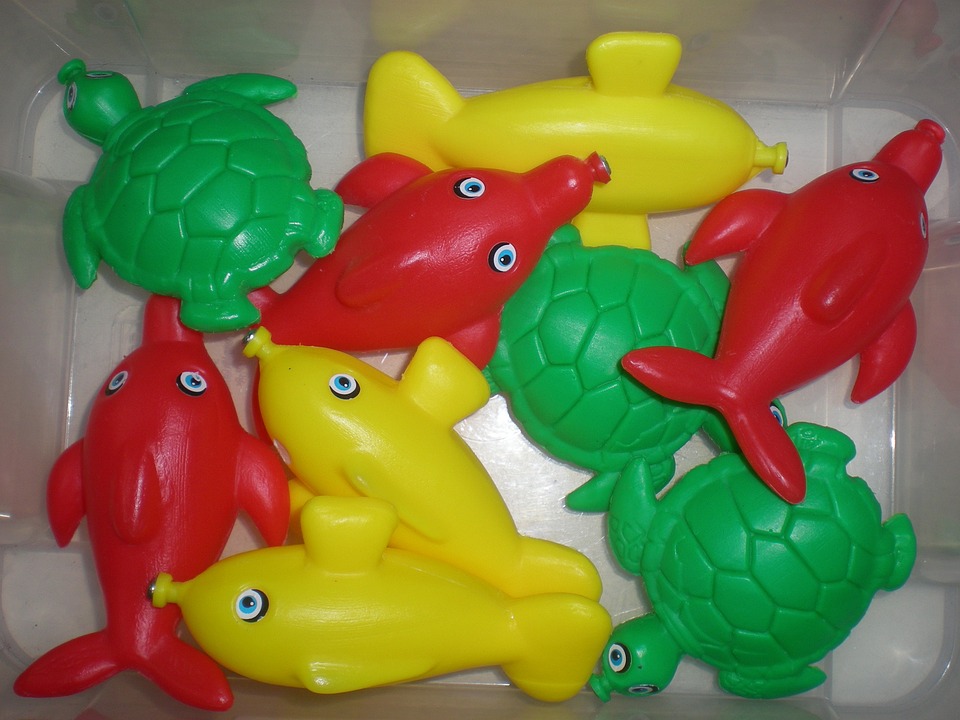Fish wound healing is a fascinating process that allows fish to regenerate and repair injuries. As a fish tank owner or enthusiast, it is crucial to understand the science behind this process in order to provide the best care for your aquatic pets. In this article, we will explore the basics of fish wound healing, the stages involved, factors that influence the healing process, and ways to promote healing. We will also address common questions related to fish wound healing.
The Basics of Fish Wound Healing:
To understand fish wound healing, it is important to first understand the unique characteristics of fish skin and scales. Fish skin is covered with scales, which not only provide protection but also aid in wound healing. These scales act as a barrier to prevent further damage and help in the regeneration process.
The fish immune system also plays a crucial role in wound healing. When a fish is injured, the immune system responds by initiating an inflammatory response. This response helps to remove any debris or foreign particles from the wound site, allowing for the healing process to begin.
Water quality is another important factor in fish wound healing. Clean and well-maintained water provides an optimal environment for the healing process. Poor water quality can hinder healing and increase the risk of infection.
The Stages of Fish Wound Healing:
Fish wound healing can be divided into three stages: inflammation, tissue regeneration, and scar formation.
During the inflammation stage, blood vessels near the wound site dilate, allowing immune cells and nutrients to reach the area. This results in redness, swelling, and increased temperature around the wound.
In the tissue regeneration stage, new cells start to form at the wound site. Skin cells, known as epithelial cells, multiply and migrate to cover the wound. This process helps to seal the wound and prevent further damage.
The final stage of fish wound healing is scar formation. In this stage, collagen fibers are produced to strengthen the wound site. Over time, the scar tissue may gradually fade, but it will not completely disappear.
Factors Influencing Fish Wound Healing:
Several factors can influence the healing process in fish. The species and genetics of the fish can affect their ability to heal. Some species have a higher regenerative capacity compared to others.
The size and depth of the wound also play a role in healing. Larger or deeper wounds may take longer to heal and have a higher risk of complications.
Environmental factors such as water temperature, pH levels, and oxygen levels can impact healing. It is important to maintain optimal water conditions to support the healing process.
Promoting Fish Wound Healing:
To promote fish wound healing, it is crucial to provide a stress-free environment. Stress can hinder the healing process, so it is important to minimize any sources of stress for the fish.
Maintaining optimal water conditions is also essential. Regular water testing and proper filtration are necessary to ensure clean and healthy water for the fish.
Proper nutrition is another important aspect of promoting healing. A balanced diet that includes essential nutrients can support the regeneration and repair of tissues.
Common FAQs about Fish Wound Healing:
Q1. How long does it take for a fish wound to heal?
The healing time can vary depending on the size and depth of the wound, as well as the species of fish. In general, small wounds may heal within a few days to a week, while larger wounds may take several weeks to heal completely.
Q2. Can fish regenerate fins or other body parts?
Some fish species have the ability to regenerate fins or other body parts. However, this ability varies among species and may not be possible for all types of injuries.
Q3. Should I use medication or topical treatments on fish wounds?
It is best to consult with a veterinarian or a fish health specialist before using any medication or topical treatments on fish wounds. They can provide guidance on the most appropriate treatment based on the specific situation.
Q4. How can I prevent infections during the wound healing process?
Maintaining clean water conditions and providing a stress-free environment are key to preventing infections during the healing process. Additionally, avoiding rough tank decorations or sharp objects can help reduce the risk of further injury and infection.
Q5. Is there anything I can do to speed up the healing process for my fish?
Providing an optimal healing environment, including clean water, proper nutrition, and minimal stress, can help support the natural healing process. However, it is important to note that healing takes time, and it is best to allow the fish to heal at its own pace.
Conclusion:
Understanding the science behind fish wound healing is essential for fish tank owners and enthusiasts. By understanding the basics of wound healing, the stages involved, and the factors that influence the healing process, you can provide the best care for your fish. By promoting an ideal healing environment and taking appropriate measures, you can support the regeneration and repair of fish injuries, ensuring the well-being of your aquatic pets.









